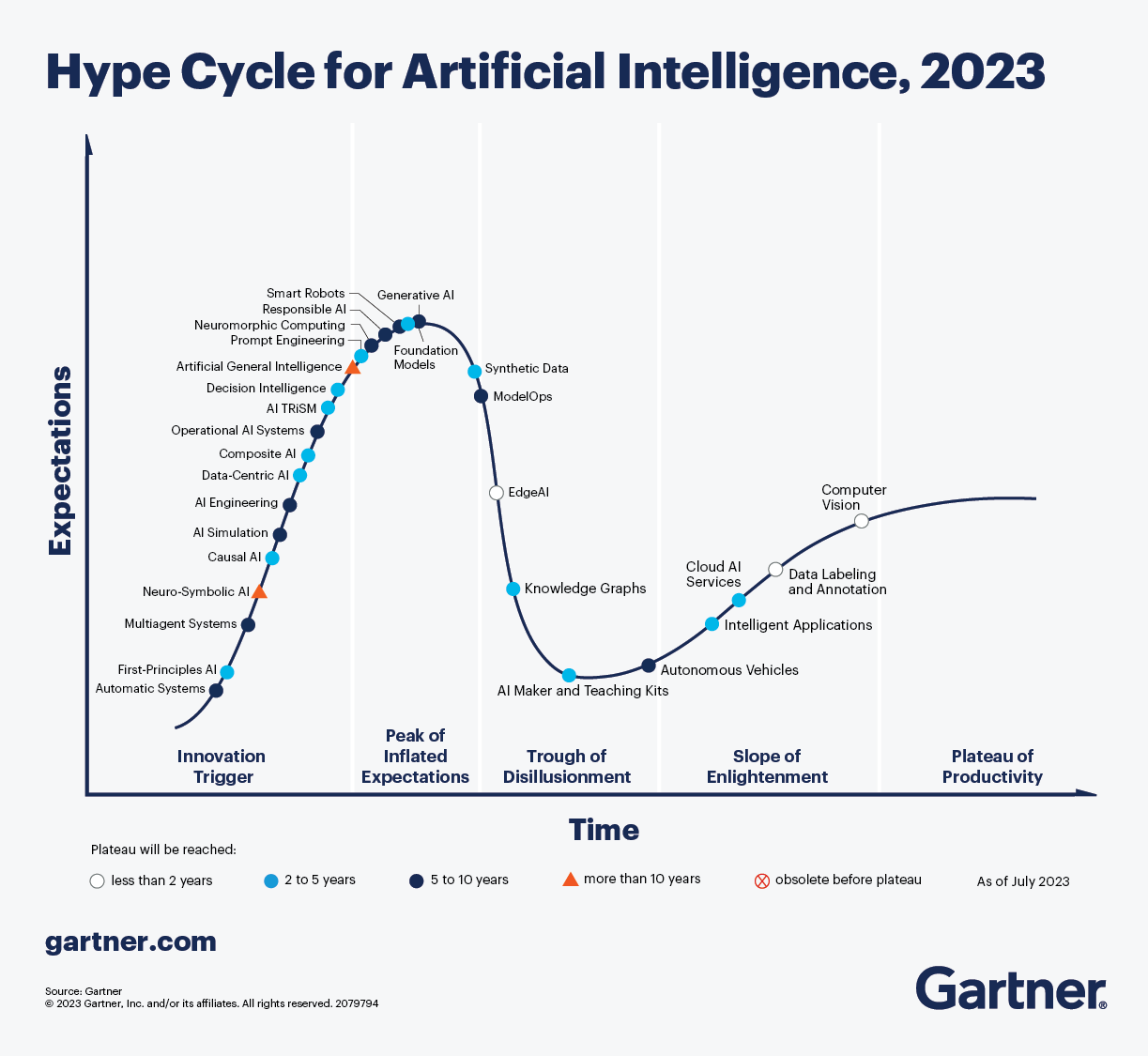It’s easy to see why smartphones are an integral part of our lives today. High-speed internet, falling hardware costs, and solving real-world problems have made smartphones omnipresent. These factors are obvious now, but they were not so clear 15 years ago. We are in a similar situation with AI today. To understand the current AI boom and what might sustain it, let us explore the key factors and three stories that have led to the revival of AI.
Revival of AI
Several factors have contributed to AI’s revival. But here are three intriguing stories that have significantly fuelled this resurgence.
1. Social Media and Data
Our constant use of social media has created a critical foundation for AI: Big Data.
AI needs vast amounts of data to learn and improve. The explosion of digital content from social media, online transactions, and IoT devices provided this data. AI models with access to large datasets perform better than those without. For instance, platforms like Facebook and Twitter generate massive amounts of user data daily, which can be used to train AI systems to understand and predict human behaviour. Despite concerns over data privacy and the potential for AI to run out of new data, the role of Big Data in AI’s growth is undeniable.
2. Amazon & Cloud Services
In the early 2000s, Amazon needed to optimize its infrastructure to support its rapidly growing e-commerce platform. They developed a scalable and reliable IT system and soon realized they could offer this system to the world. This led to the creation of Amazon Web Services (AWS), the first cloud computing service.
Cloud computing services have since transformed the AI landscape. Previously, only large corporations could afford the supercomputers necessary for advanced AI research. Cloud platforms like AWS, Google Cloud, and Microsoft Azure have democratized access to these powerful computing resources. Now, anyone with an internet connection can rent time on these platforms, making cutting-edge technology accessible to startups, individual developers, and smaller institutions. This lowered the entry barrier for AI research and development, contributing significantly to the AI boom.
3. Video Games and Graphic Cards
Another seemingly unrelated trend that fueled AI’s growth is the rise of 3D video games. The demand for immersive video games led companies like NVIDIA and ATI (now AMD) to develop better graphics cards (GPUs).
In the early 1990s, games like Doom and Quake pushed the limits of existing hardware. To handle the complexity of 3D graphics, companies began developing dedicated GPUs. These GPUs, initially designed for rendering graphics, turned out to be excellent at handling multiple tasks simultaneously—a capability known as parallel processing.
Researchers soon realized that this parallel processing ability could be used for scientific research, including AI. Today, GPUs are essential for real-time AI applications like autonomous driving, where AI models must process vast amounts of data quickly and accurately.
The Perfect Storm for AI’s Revival
The convergence of social media, powerful hardware, and cloud computing created the perfect storm for AI’s revival. Social media provided the data, powerful hardware enabled efficient processing, and cloud computing offered accessible and scalable resources. Together, these factors laid the foundation for the AI boom we see today.
Of course, these are not the only factors driving AI’s resurgence. Many other influences are at play, but these examples highlight how AI has reached its current state and what might sustain its growth. Will AI become as ubiquitous as smartphones? That depends on how well it continues to solve real-world problems. AI is off to a good start in that regard.
Let us watch, explore, and experiment with AI to see how it will shape and impact our work. Like smartphones, the future of AI is in our hands.
For further insights, check out these sources:
- The Role of Big Data in AI (https://www.forbes.com/sites/forbestechcouncil/2020/12/22/the-role-of-big-data-in-artificial-intelligence/)
- History and Impact of AWS (https://aws.amazon.com/executive-insights/cloud-strategy/brief-history-of-aws/)
- Evolution of GPUs and AI (https://blogs.nvidia.com/blog/2019/12/20/history-of-gpus/)
